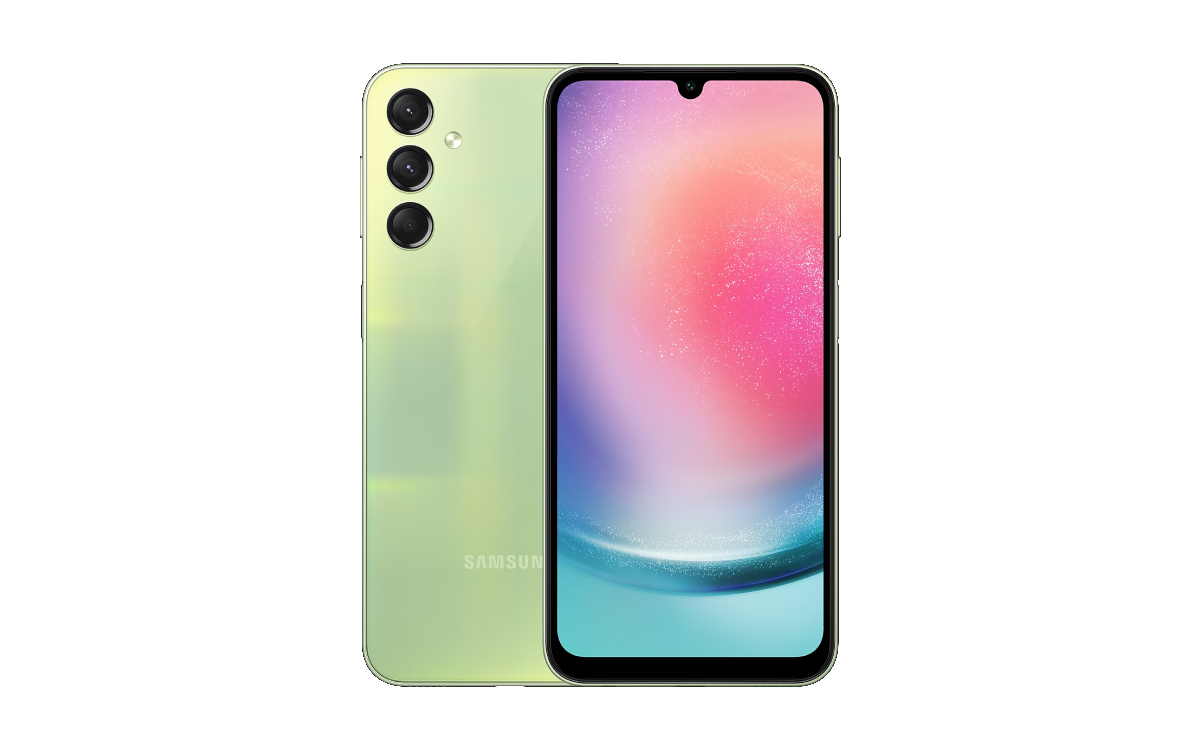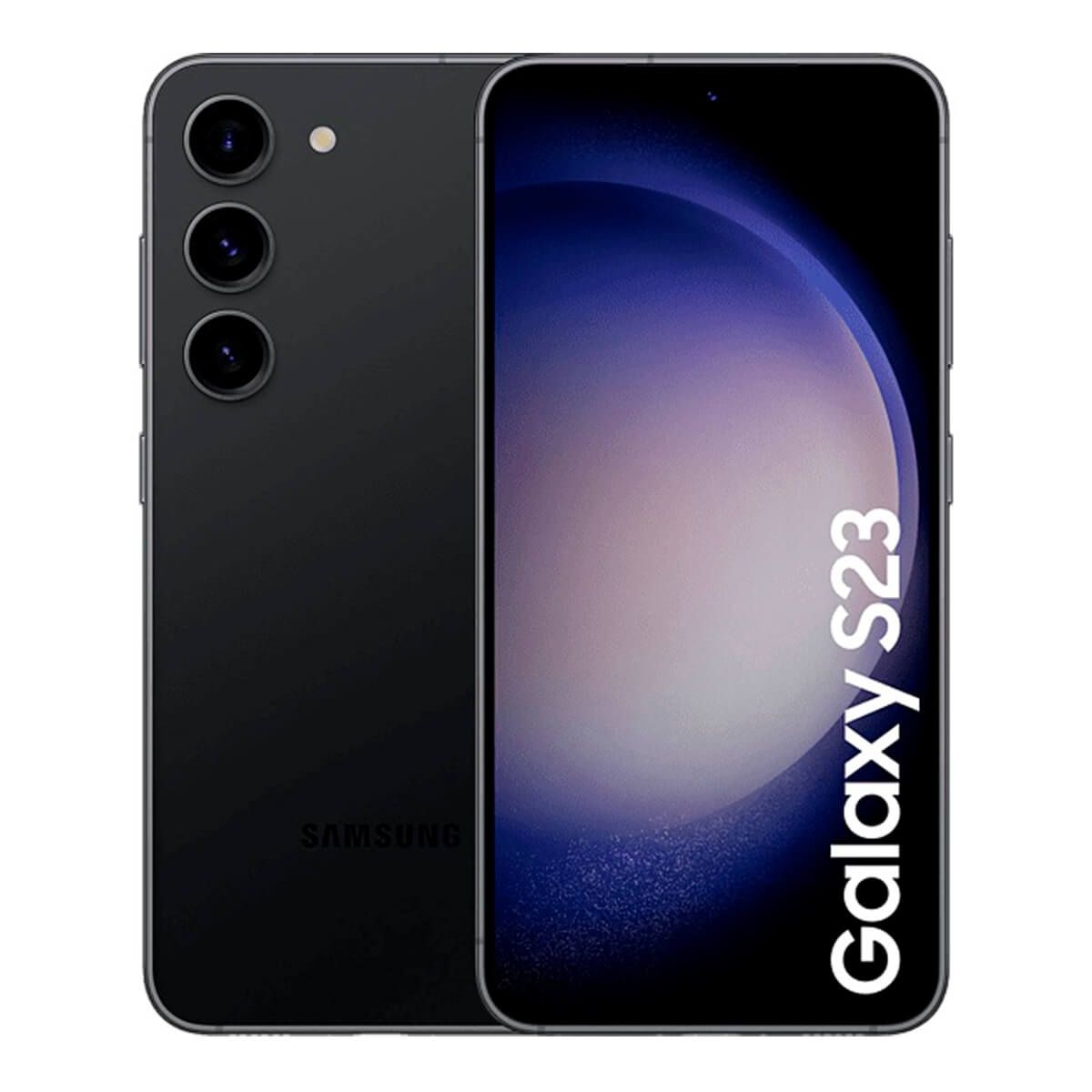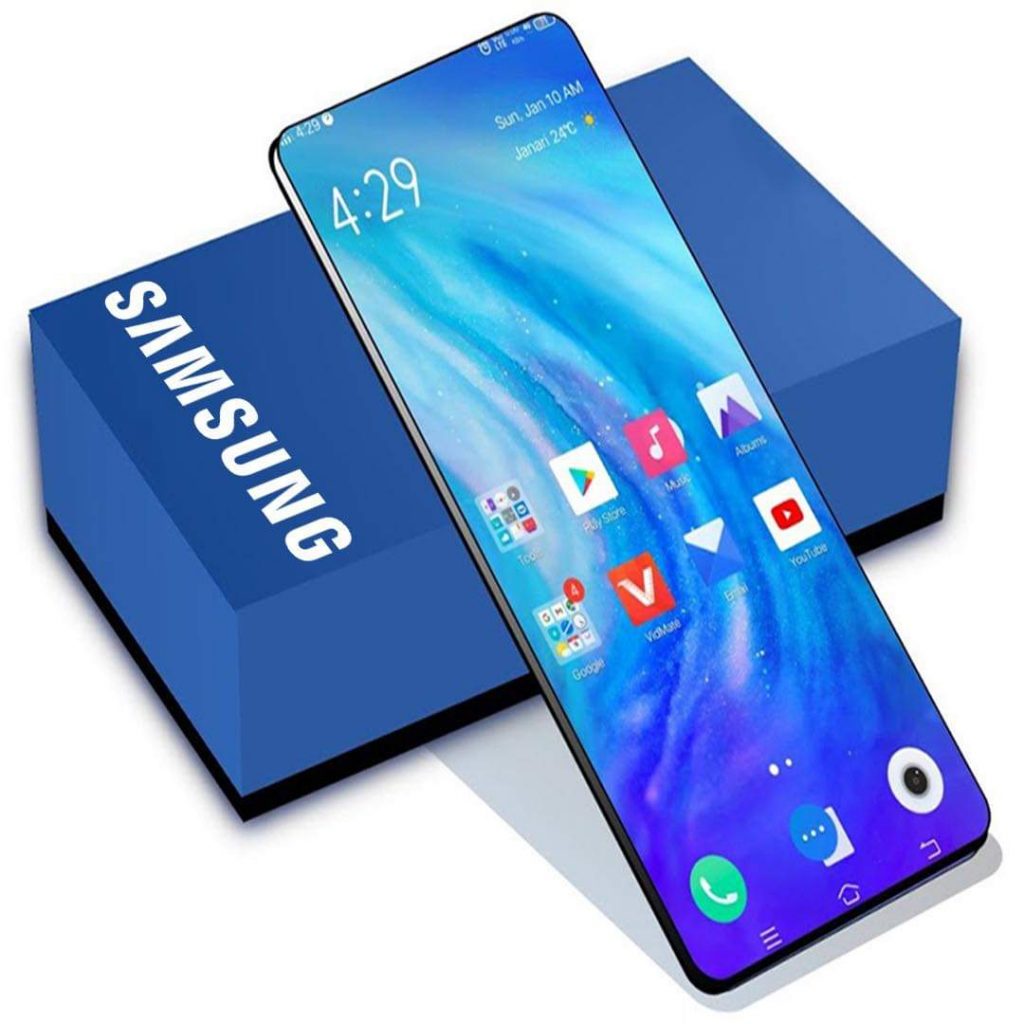samsung galaxy note 7 stands as a significant milestone in smartphone history, encapsulating both innovation and controversy. Launched with a stunning design, impressive features, and a user-friendly interface, it quickly captured the attention of tech enthusiasts worldwide. However, its legacy is marred by serious battery issues that led to a massive recall, changing the landscape of consumer electronics forever.
This device showcased a sleek metal and glass construction, featuring a vibrant display and advanced stylus capabilities, aiming to enhance productivity. The Note 7 was also praised for its software experience, offering a seamless interface and various multitasking options, making it a favorite among users looking for a powerful mobile solution.
Overview of the Samsung Galaxy Note 7

The Samsung Galaxy Note 7, launched in August 2016, represented a significant advancement in the smartphone market, combining cutting-edge technology with a premium design aesthetic. This flagship device was designed to cater to the needs of power users, merging productivity features with high-end specifications and an impressive user experience.
In terms of specifications, the Note 7 featured a 5.7-inch Quad HD Super AMOLED display with a resolution of 1440 x 2560 pixels, delivering vibrant colors and deep contrasts. Powered by either the Qualcomm Snapdragon 820 or Exynos 8890 processor, depending on the region, it came with 4GB of RAM and options of either 64GB or 128GB of internal storage, expandable via microSD. A standout feature was its 3,500 mAh battery, which supported fast charging and wireless charging capabilities, enhancing user convenience.
Design Elements and Materials
The design of the Galaxy Note 7 was one of its most striking features, showcasing a sleek, modern aesthetic that emphasized both beauty and functionality. The device was crafted using premium materials, including a glass front and back, reinforced with Gorilla Glass 5 to enhance durability. Its aluminum frame provided a sturdy yet lightweight profile, which was complemented by the device’s curved edges, offering a seamless and comfortable grip.
This smartphone was available in a range of sophisticated color options including Black Onyx, Silver Titanium, Gold Platinum, and Blue Coral, appealing to a variety of consumer preferences. The IP68 rating for water and dust resistance further underscored its robust design, allowing users to enjoy their device without fear of environmental damage.
User Interface and Software Experience
The Galaxy Note 7 was equipped with Samsung’s TouchWiz UI, layered over the Android operating system, bringing forth a user-friendly interface that enhanced productivity. Notable software features included the S Pen, which allowed for precise navigation and the ability to jot down notes directly on the screen. This stylus was not merely a writing tool but also enabled features like screen-off memo and smart select, which allowed users to capture and annotate snippets of content easily.
The device also included the Always On Display feature, providing essential information at a glance without needing to unlock the phone. This feature offered convenience for users who wanted to check notifications or the time quickly. The software experience was further enriched by multitasking capabilities, enabling split-screen usage of applications, which was particularly beneficial for users who frequently engaged in productivity tasks.
In summary, the Samsung Galaxy Note 7 combined powerful specifications with a stunning design and an intuitive user interface, making it a strong competitor in the premium smartphone market during its release.
Battery Issues and Controversy: Samsung Galaxy Note 7

The Samsung Galaxy Note 7 was launched with high expectations, but it quickly became infamous due to significant battery-related issues. These problems not only affected the device’s reputation but also raised serious concerns about consumer safety in the smartphone industry.
The Galaxy Note 7’s battery issues were primarily linked to its lithium-ion batteries, which were prone to overheating and, in some cases, exploding. The controversy began when reports emerged of devices catching fire, leading to injuries and property damage. Samsung initiated an initial recall to replace the faulty batteries, but the problem persisted even after the replacements were issued. This prompted a second recall and ultimately the discontinuation of the Galaxy Note 7 altogether. Samsung’s aggressive response involved a comprehensive investigation into the battery manufacturing process, identifying that the issues stemmed from both design flaws and manufacturing defects. The company took significant steps to restore consumer confidence, including providing full refunds, exchanging devices, and implementing an extensive battery safety inspection process to ensure the reliability of future products.
Comparison of Battery Technology
To understand the severity of the Note 7’s battery issues, it’s essential to compare its technology with that of other smartphones released around the same time. While many smartphones utilized similar lithium-ion battery technology, the specifications and safety measures varied significantly.
Several key points highlight these differences:
- Battery Capacity: The Note 7 featured a 3,500 mAh battery, which was competitive for its launch period. However, other devices like the iPhone 7 (1,960 mAh) and Google Pixel (2,770 mAh) prioritized safety over sheer capacity.
- Battery Management Systems: Competitors employed advanced battery management systems that included multiple safety features, such as temperature regulation and charge/discharge monitoring, which were not adequately addressed in the Note 7’s design.
- Manufacturing Practices: Other manufacturers implemented strict quality control measures and rigorous testing protocols to identify potential battery defects, ensuring that their devices met international safety standards.
- Public Response Strategies: Companies like Apple and Google emphasized transparency and communication with consumers regarding safety, a strategy that helped maintain trust even during product recalls.
The events surrounding the Galaxy Note 7 serve as a critical reminder of the importance of robust safety practices in battery technology and the potential consequences when these measures are overlooked. Samsung’s experience has since influenced industry standards and practices regarding battery safety, prompting manufacturers to enhance their protocols significantly.
Market Reception and Impact
The Samsung Galaxy Note 7 was initially met with high enthusiasm and excitement upon its release in August 2016. The device was praised for its sleek design, robust features, and the introduction of innovative technology, including the iris scanner and improved S Pen functionality. However, this initial euphoria quickly turned into turmoil with the advent of the battery issues that plagued the device, leading to a significant impact on Samsung’s brand reputation.
The initial market reception of the Galaxy Note 7 was overwhelmingly positive, with pre-orders reaching an impressive 400,000 units in South Korea alone within the first few days of launch. Reviews lauded its vibrant display, impressive camera quality, and productivity features. However, this favorable reception was overshadowed by reports of spontaneous combustion incidents attributed to battery defects. As news of the incidents spread, Samsung was forced to conduct a global recall of the device, which significantly tarnished its brand image.
Influence of the Note 7 Incident on Samsung’s Brand Reputation
The ramifications of the Galaxy Note 7 crisis extended far beyond immediate financial losses; it had a lasting impact on Samsung’s brand reputation. Consumer trust, which had been carefully cultivated over decades, was severely tested. The company faced intense scrutiny from safety regulators and media, leading to a detrimental effect on customer perception. Key points regarding the aftermath of this incident include:
- In an attempt to mitigate damage, Samsung conducted an extensive recall program, where they replaced approximately 2.5 million faulty devices, which proved costly and time-consuming.
- Consumer perception shifted, with surveys indicating that over 60% of respondents expressed doubts about Samsung’s commitment to safety in its products.
- The negative publicity surrounding the Note 7 incident prompted competitors like Apple and Google to reinforce their safety standards, positioning themselves as safer alternatives in the market.
Sales Figures Before and After the Recall
The sales trajectory of the Galaxy Note 7 reflected the dramatic shift in consumer sentiment following the recall. The initial sales figures were robust, showcasing the model’s popularity, but the recall led to a sharp decline in subsequent sales. Notable statistics include:
- Within two weeks of the launch, Samsung reported estimated sales of 1 million units in the U.S. alone.
- Post-recall, sales plummeted by 90% in the U.S. market, with many consumers opting for alternative devices.
- Ultimately, Samsung estimated a direct loss of $5.3 billion due to the recall and subsequent discontinuation of the Note 7 model.
The crisis with the Galaxy Note 7 serves as a critical lesson in corporate responsibility and consumer safety, demonstrating that even a leading tech giant can face severe repercussions for product failures.
Legacy of the Samsung Galaxy Note 7

The Samsung Galaxy Note 7 left an indelible mark on the smartphone industry, shaping not only consumer expectations but also manufacturing practices and regulatory standards that followed its release. The fallout from its battery issues served as a crucial learning moment for manufacturers, pushing them to prioritize safety while designing devices. This legacy continues to influence technology and consumer electronics today.
Long-term Effects on Smartphone Design and Features
The catastrophic failure of the Note 7 due to battery malfunctions prompted a significant reevaluation of smartphone design principles. Manufacturers now place heightened importance on rigorous testing protocols, especially concerning battery chemistry and safety measures. Following this incident, features such as battery management systems and thermal protection mechanisms became standard in new devices.
The Note 7’s legacy is also evident in the introduction of more robust design practices that prioritize user safety. For instance, companies have started implementing multi-layer safety systems within batteries to prevent overheating and potential hazards. Also, the adoption of software updates that monitor battery health in real-time has become a common feature, allowing for proactive measures in potential malfunction scenarios.
Influence on Industry Regulations Regarding Device Safety, Samsung galaxy note 7
The Note 7 incident triggered an industry-wide shift towards stricter safety regulations and compliance standards in the mobile technology sector. Regulatory bodies began to emphasize the importance of enforced guidelines for battery safety, prompting manufacturers to adopt compliance measures that exceed previous standards.
Key regulations introduced include enhanced testing requirements for lithium-ion batteries and more stringent labeling on devices regarding safety protocols. The incident prompted organizations like the International Electrotechnical Commission (IEC) to review safety standards, leading to updated protocols that ensure better risk assessment during the design and manufacturing processes of electronic devices.
Timeline of Events Surrounding the Note 7
The events leading up to and following the Samsung Galaxy Note 7’s release are pivotal in understanding its impact on the industry. Below is a timeline of key milestones related to the Note 7 and its aftermath:
| Date | Event |
|---|---|
| August 2, 2016 | Samsung officially announces the Galaxy Note 7. |
| August 19, 2016 | Galaxy Note 7 is released to the public. |
| September 1, 2016 | Reports of battery explosions start surfacing. |
| September 2, 2016 | Samsung announces a global recall of the Note 7. |
| October 11, 2016 | Samsung announces the halt of production of the Note 7. |
| October 13, 2016 | Samsung officially discontinues the Note 7. |
| November 2016 | U.S. Consumer Product Safety Commission issues an official safety warning for the Note 7. |
| January 2017 | Samsung begins investigating the root cause of the battery failures. |
| January 23, 2017 | Samsung issues a report confirming battery design flaws. |
Clarifying Questions
What were the key features of the Samsung Galaxy Note 7?
The Note 7 featured a 5.7-inch Super AMOLED display, S Pen functionality, a dual-edge design, and water resistance, along with a 12MP rear camera and 64GB of internal storage.
How did Samsung address the battery issues?
Samsung initiated a global recall and replacement program for the Note 7, eventually discontinuing the device to ensure consumer safety.
What impact did the Note 7 recall have on Samsung?
The recall affected Samsung’s brand reputation and led to a temporary decline in sales, but it also prompted improvements in safety measures for future devices.
Did the Note 7 have any lasting effects on the smartphone industry?
Yes, the Note 7 incident raised awareness about battery safety, prompting stricter regulations and testing protocols across the industry.
What was the market reception of the Samsung Galaxy Note 7 before the recall?
Initially, the Note 7 received positive reviews and strong sales, with many praising its features and design before the battery issues came to light.
The Samsung Galaxy S10+ stands out with its impressive display and powerful performance, making it a top choice for tech enthusiasts. With a sleek design and enhanced camera capabilities, this device not only offers a fantastic user experience but also competes strongly against other flagship smartphones in the market.
When looking for a superb smartphone experience, the Samsung S9 Plus remains a compelling option. Its elegant design and reliable performance cater to both casual users and tech aficionados, proving that it still holds its ground even against newer models with advanced features.